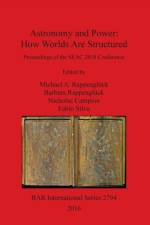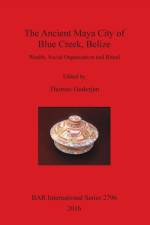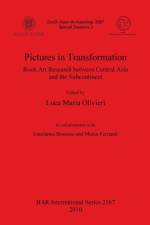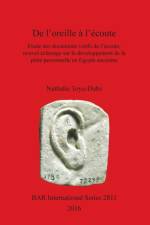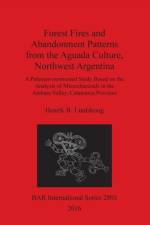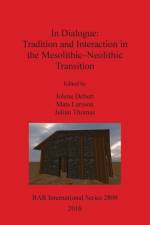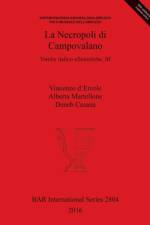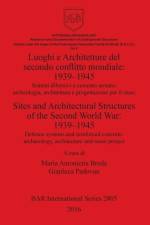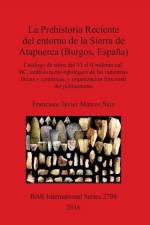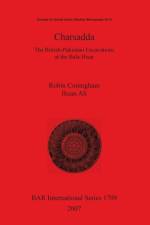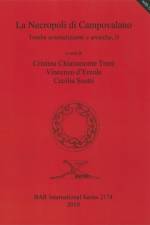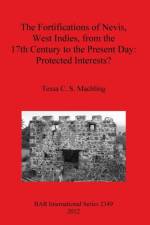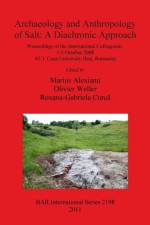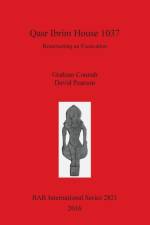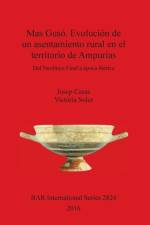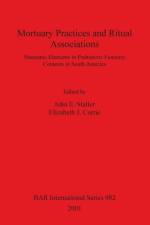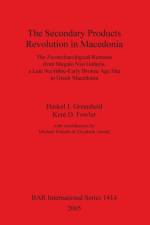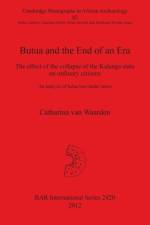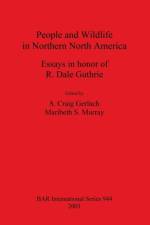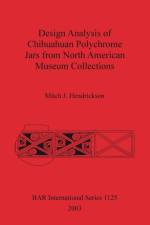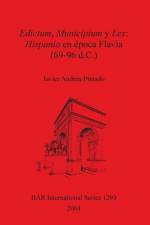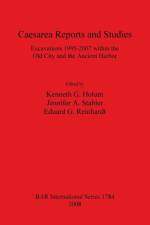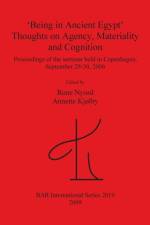- Proceedings of the SEAC 2010 Conference
157,00 €
Throughout the course of history, from early prehistory to the Space Age, power structures have existed which have been more or less derived from or correlated to astronomical phenomena or certain cosmologies and cosmovisions. These have significantly affected and formed the economic, social, political, artistic and religious life of people across different cultures. Cosmographies, time reckoning and calendar systems, celestial navigation techniques, landscape and architectural models of cosmicpotency, celestial divination and astrological ideas, cosmic clothing and other related concepts have been used successfully by interest groups to establish, maintain and expand psychological, social, religious and political power. Furthermore, the celestial sphere and its inhabitants have also been closely connected and partially interwoven with the concept of the manifestation of cosmic order and power both in nature and in culture. The book's 43 chapters cover numerous aspects of the topic, from general ideas to astronomy and politics in the Modern Age.Edited by Michael A. Rappenglück, Barbara Rappenglück, Nicholas Campion and Fabio Silva.With contributions by Elio Antonello, David Bea Castaño, Juan Antonio Belmonte, Mary Blomberg, F. Bònoli, Nicholas Campion, Barth Chukwuezi, Alexandra Comsa, Lourdes Costa Ferrer, Jordi Diloli Fons, Nataliya Dmitrieva, Sonja Draxler, David Fisher, A. César González-García, Silvia Gaudenzi, Cecilia Paula Gómez, Zalkida Had¿ibegovic, Göran Henriksson, Liz Henty, Jarita C. Holbrook, Manuela Incerti, Stanislaw Iwaniszewski, Franz Kerek, Mare Kõiva, Vesselina Koleva, Rolf Krauss, Andres Kuperjanov, Max E. Lippitsch, Alejandro Martín López, Mariangela Lo Zupone, Andrea Martocchia, W. Bruce Masse, Zoia Maxim, Marzia Monaco, Catalin Mosoia, S. Mohammad Mozaffari, Wolfgang Neubauer, Manuel Pérez Gutiérrez, Fernando Pimenta, Vito F. Polcaro, Marcello Ranieri, Barbara Rappenglück, Michael A. Rappenglück, Nuno Miguel da Conceicao Ribeiro, Marianna Ridderstad, Petra G. Schmidl, Samuel Sardà Seuma, Fabio Silva, Andrew Smith, Ivan Šprajc, Florin Stanescu, Magda Stavinschi, Iharka Szücs-Csillik, Luís A. M. Tirapicos, Jesús Galindo Trejo, Anna M. Tunzi, Larisa N. Vodolazhskaya, Gudrun Wolfschmidt, Richard R. Zito and Georg Zotti.

